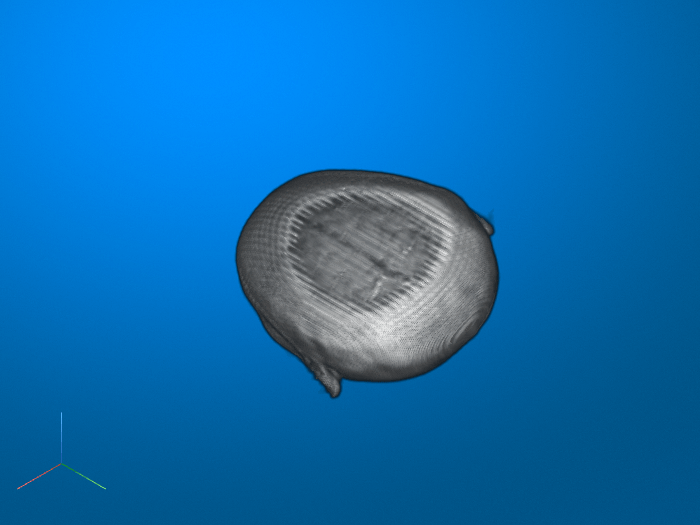imwarp
영상에 기하 변환 적용
구문
설명
[___] = imwarp(___,는 사용할 보간의 유형을 지정합니다.interp)
[___] = imwarp(___,는 이름-값 인수를 지정하여 기하 변환의 다양한 특성을 제어합니다. Name=Value)
팁
입력 변환 tform이 순방향 변환을 정의하지 않을 경우 OutputView 이름-값 인수를 사용하여 변환을 가속화하십시오.
예제
입력 인수
이름-값 인수
출력 인수
팁
알고리즘
imwarp는 출력 영상의 위치를 입력 영상의 대응하는 위치로 매핑(역방향 매핑)하여 픽셀 값을 구합니다. 출력 영상의 픽셀 중앙이 입력 영상의 픽셀 중앙에 매핑되지 않는 경우 imwarp는 입력 영상 내에서 보간하여 출력 픽셀 값을 계산합니다.
다음 그림은 각 정사각형이 10×10 픽셀인 체커보드 영상의 평행 이동 변환을 보여줍니다. 일반적으로 입력 공간의 좌표축에는 레이블 u와 v가 지정되고, 출력 공간의 좌표축에는 레이블 x와 y가 지정됩니다. 역변환을 사용하면 출력 좌표 공간의 (x,y) 좌표가 (25,35)인 픽셀이 입력 좌표 공간의 (u,v) 좌표 (5,5)에 매핑됩니다.

imwarp는 세계 좌표를 사용하여 매핑을 수행합니다. 자세한 내용은 영상 좌표계 항목을 참조하십시오.







